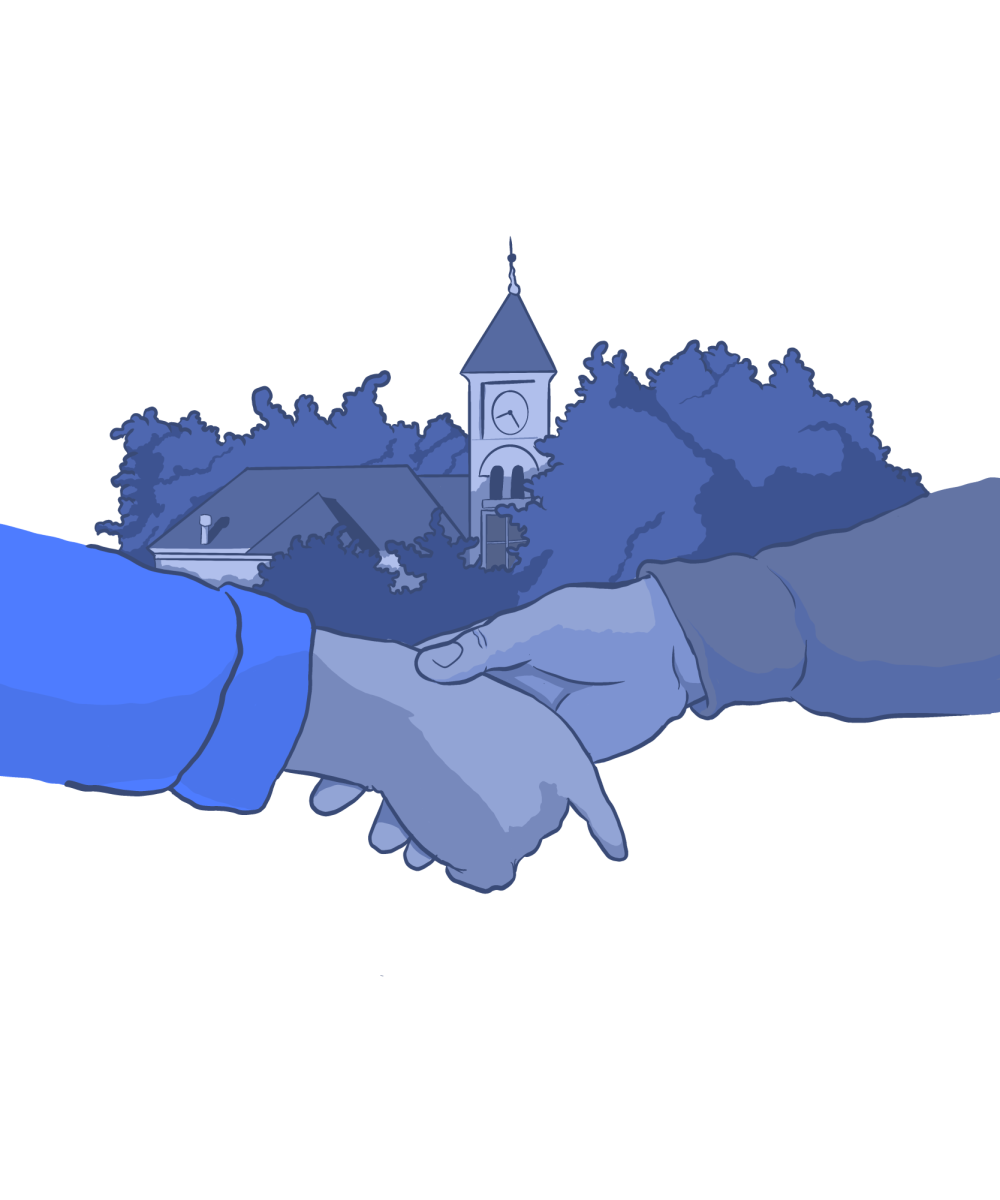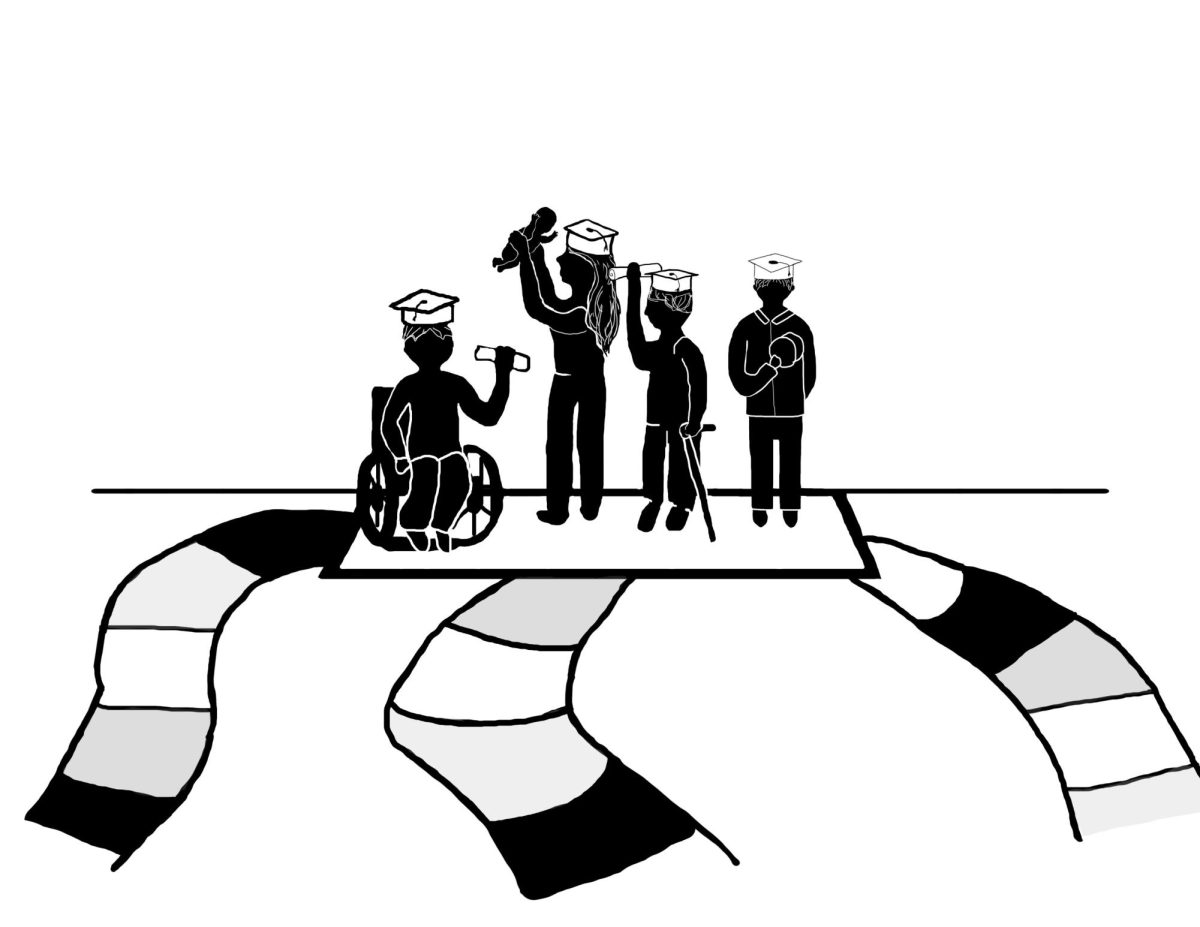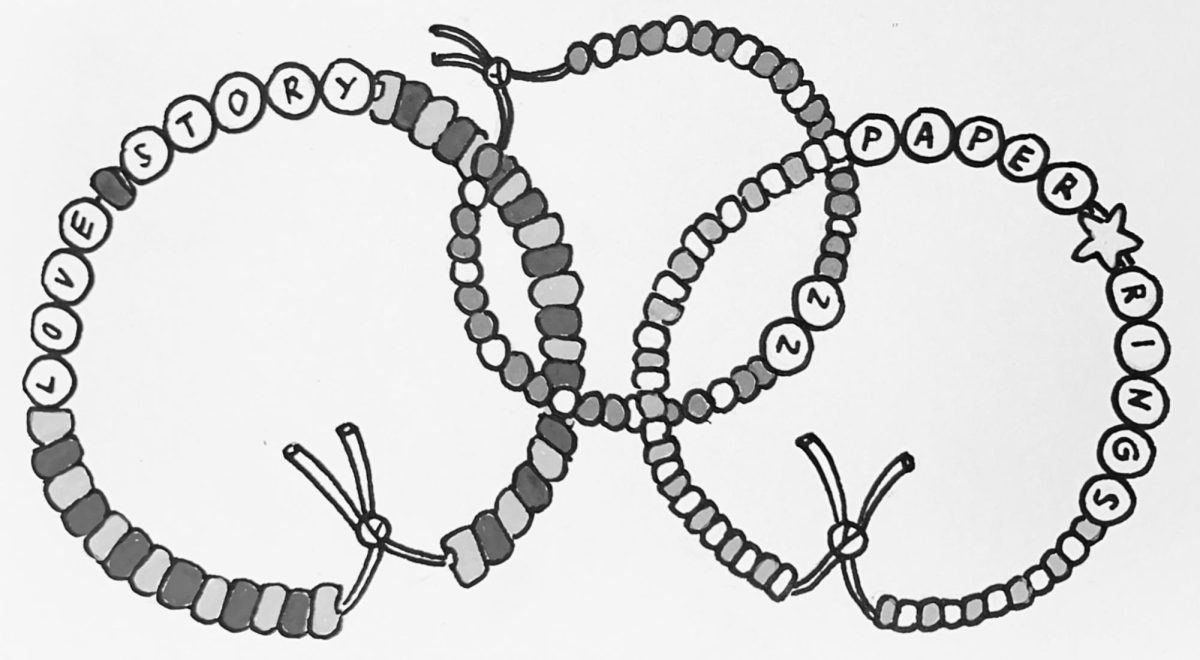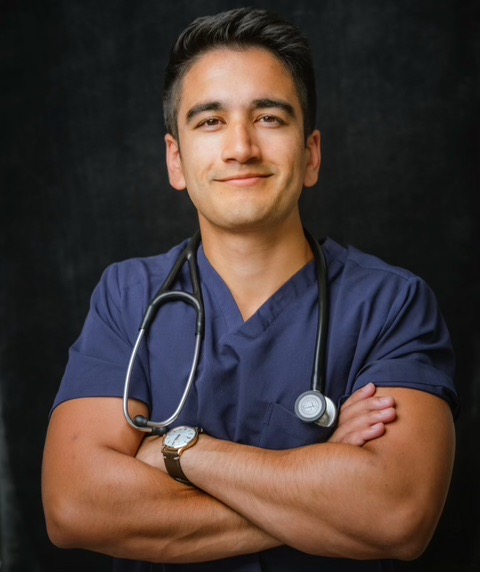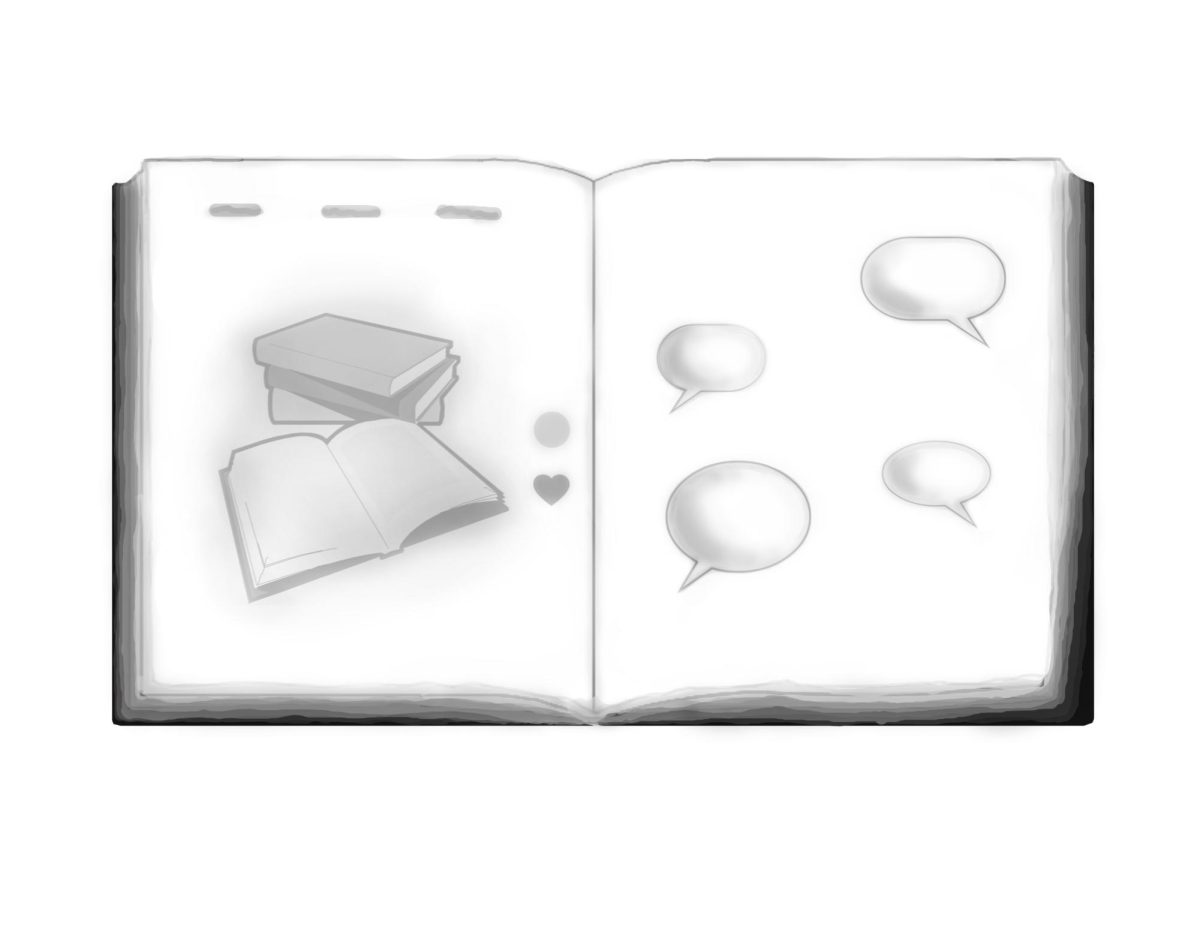This article was co-authored by Drew Edmonds.
In 2015, Whitman College will say farewell to President George Bridges and welcome the 14th member of a long line of college presidents. When looking at the legacies of past presidents, it’s clear that Bridges’s successor will arrive on campus to a scene much changed since Alexander Anderson became Whitman’s first president in 1882.
One of the most noticeable changes is the greater funding now at the president’s disposal. Between 1882 and 1885, Anderson constructed the first college building and a ladies’ hall with a total of $21,400. In 1998, Thomas Cronin completed the all-time best fundraising year to date, raising over $12.2 million in a fiscal year.
Now, George Bridges expects to complete his $150 million dollar Now is the Time campaign at the end of his term next year, the largest fundraising campaign in the school’s history. As Whitman has evolved into a fiscally stronger and more nationally recognized institution, the expectations of the college president have also expanded, making the search process for the ideal president more difficult.
[portfolio_slideshow]
“Some people just say [searching for a president is] an impossible job … that the number of attributes you’re looking for is just so large. I would say the person has to inspire confidence,” said Professor of Mathematics Patrick Keef, who first came to Whitman in 1980 and served as dean of the faculty from 1996-2006 under president Thomas Cronin.
Longtime Whitman professors agree that the president’s primary role is to represent the college and establish financial security, but often presidents are remembered most by how they respond to the unique challenges of the time and how they choose to relate to students and faculty.
“In a lot of ways, the primary responsibility of the president is to present us to external constituencies,” says Keith Farrington, who has been a sociology professor since 1977. “On campus, the president also serves as a representative of the school and can have a huge impact on relations with students, faculty and staff.”
This is especially true for small college communities like Whitman, where the president is a visible personality thanks to the campus and enrollment size.
“It’s a small campus, so most of the faculty members are going to get to know the president pretty well just by being here,” says Keef.
The president serves as the symbol of the college. He or she is selected for his or her ability to affirm the value of the college experience and provide a vision that strengthens the college’s reputation while maintaining the unique character that binds the Whitman community together, according to Professor of Geology Patrick Spencer, who has been a faculty member since 1984 and who will become the next provost and dean of faculty in 2015.
“I think one thing [the last four presidents] shared is a real commitment to liberal arts … a recognition of both the uniqueness of what we do here and of its value,” said Professor of Religion Walter Wyman, who first arrived on campus in 1982.
While there is some agreement among faculty about the qualities and responsibilities of the president, each president is unique both in personality and in what he or she chooses to focus time on when he or she is in office. This is something that a handful of faculty members, who have been on campus during the last four presidencies, have noted through first-hand experience.
“Each of them has brought a distinctive style to the presidency, very distinctive priorities, and their presidencies have been quite different,” said Wyman.
The first of these presidents was Robert Skotheim, who completed the second-longest presidency in the college’s history from 1975-1988. Well respected by those on campus, he was also excellent at raising funds and traveling around the country to elevate the profile of Whitman on the national level.
“[Skotheim] was a silver-tongue guy, a thinking man’s president. Everybody thought he was just ideal in many respects,” said Keef.
According to faculty who experienced Skotheim’s presidency, he was successful at both bringing professors closer together and also inspiring them to become more involved in broader scholarly discussions off campus. Now, Whitman students take for granted the close relationships professors often have with each other and their involvement in the publication of their own research.
“There was a feeling of family during Bob’s term. The faculty did a lot of socializing,” said Spencer.
While Skotheim had a talent for external affairs and relations with faculty, his successor, David Maxwell, turned his focus more to internal affairs. In particular, he made substantial changes to the curriculum during his term from 1989 to 1993.
“Maxwell was really concerned about the curriculum at Whitman College … and one of his first acts was to convene what he called the curriculum review committee, which he actually chaired, which was very rare for a president,” said Wyman.
This committee spearheaded many changes to the college’s course offerings, including the idea of a common course for all first year students, which has since evolved into Encounters.
When Thomas Cronin stepped into office in 1993 for a term that would last until 2005, the economy was booming, and campus was primed for positive change. According to some faculty members, it was this historical advantage combined with his naturally energetic disposition that defined Cronin’s legacy and directed Whitman down its current path.
“[Cronin] was here at a time when the college was amazingly healthy. There was lots of money in higher education, he had a vision [and] he had a very cooperative board of trustees. Huge amounts of things got done here … he was a whirlwind, things were happening all over campus,” said Farrington.
Cronin was famous for his energy and rumored knowledge of the names and hometowns of the entire student body, whom he would often greet and interact with on campus.
“I mean, [Cronin] would hand deliver cookies to students in the library during finals or he would go to read bedtime stories to a residence hall section,” says Farrington.
The ability and willingness to interact freely with everyone in the Whitman community has carried over to the current president, George Bridges, who took over in 2005.
“George wants to understand faculty, wants to maintain close relationships by looking at Whitman as family of people who are in it for the same overall goals,” says Spencer.
Soon, however, Bridges will be stepping down and a new president will begin the next chapter in the college’s history. It is a new leader that faculty hope will expand upon the work of his or her predecessors in taking Whitman from a regional to national level of attention.
“The new president will need to look to strengthen the college’s national reputation at the same time as maintaining our character as a top flight regional college,” said Spencer.
The person who takes over the presidency will have their work cut out for them to improve upon the great steps that recent presidents have taken. But the right choice will be the person who can exemplify the leadership of past presidents and display Whitman as the quality institution those presidents have helped make.
“[The president] is the public face of this institution and that person has to be the kind of person that gives everyone faith that Whitman College is a fine place,” said Keef.







